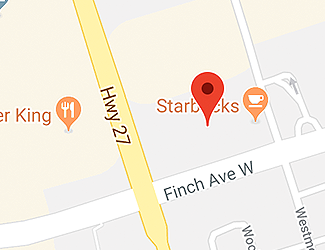Beyond Teeth: What’s Inside Your Mouth

When you hear the term oral hygiene, there is a good chance that your immediate thought is of teeth. Yes, teeth play an important role in oral hygiene, but there is much more to your mouth than just teeth, which means there’s more to great oral hygiene than brushing and flossing.
In addition to teeth, your mouth is made up of oral mucosa, the tongue, gums, upper jaw, lower jaw, uvula, frenulum, and the salivary glands. These are important structures when it comes to good oral health, and when you receive dental care, your dentist will routinely examine each of them.
Oral Mucosa
Have a look in your mouth, basically everything but your teeth are covered in this protective lining. This mucous membrane is similar to the membranes lining your inner ears and nostrils.
The mucosa has an important job when it comes to oral health, and overall health, because it defends the body from germs and irritants that sneak into your mouth. Keratin, which is also in your hair and fingernails, helps the mucosa remain resistance to injury.
Tongue
The body’s largest muscle is coated in musical tissue, including taste buds. It isn’t just important to your oral health, it’s an integral aspect of the digestive system, too. It’s in charge of moving food to be chewed by teeth, and for you to swallow your food, the tongue has to move to allow it to pass. For babies, the tongue works along with the jaw for proper feeding to take place. Not to mention the fact that the tongue plays a large part in your speaking ability, shaping each sound that comes from your mouth.
Gums
Your gums are also coated in oral mucosa, and they play a critical part in oral health. A healthy gum is firm, will cover the tooth’s entire root, and isn’t prone to bleeding during brushing, or when poked or prodded by the dentist. Gum disease leads to tooth loss, so it’s important to care for your gums by flossing daily. After all, you wouldn’t skip a day without brushing your teeth, would you?
Jaw
The jaw provides the face with shape, and offers a mouth the structure required to speak and to chew. There are several bones in the makeup of the jaw. The lower jaw is separate from the skull, this is how it can move up and down as you speak or while you chew. The upper jaw is made up of two bones, these are fused together and to your skull.
Uvula
That small bit of tissue that hangs at the back of your throat is the uvula. It’s made up glandular and connective tissues, as well as muscle fibers. Science still hasn’t figured out all of the functions of the uvula, however, we do know it helps to keep the throat and mouth moist, and plays a role in speech.
Frenulum
This is the flap of skin connecting the floor of your mouth to the tongue. For infants, a short frenulum can cause issues with breastfeeding, as well as in affecting speech.
Salivary Glands
You have three sets: the sublingual, parotid, and submandibular glands. They produce saliva that helps break food down to aid swallowing. Saliva protects your gums, and your teeth from bacteria and food particles.







